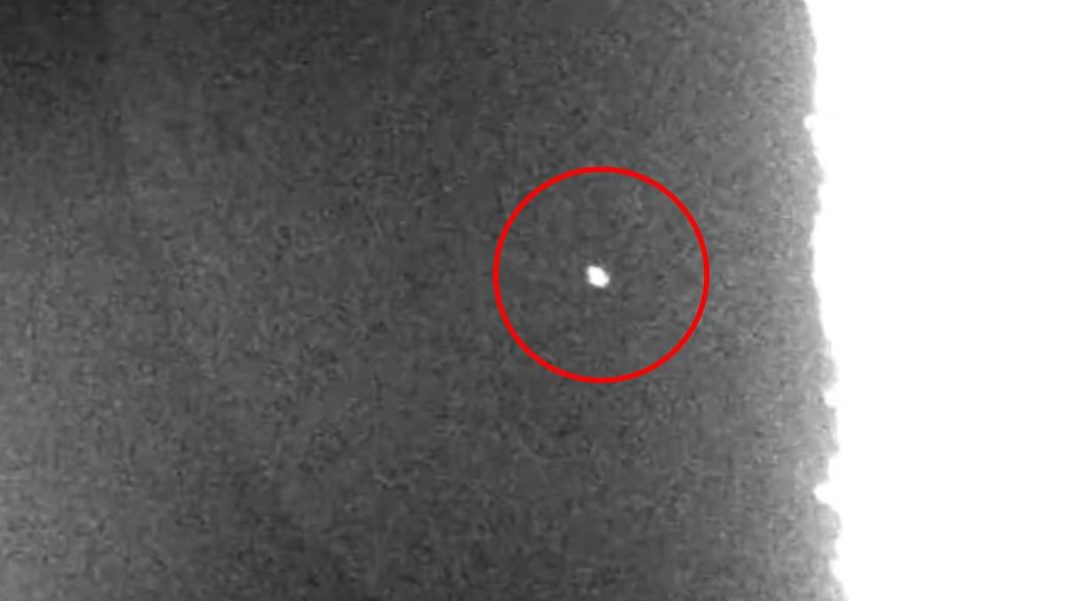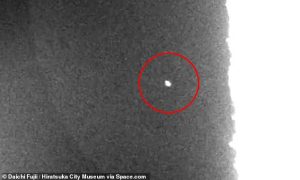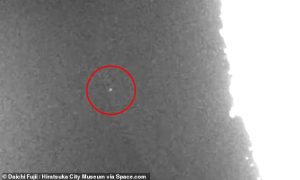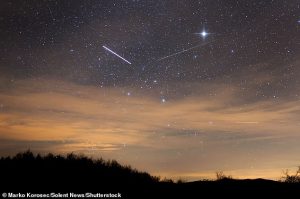Key Takeaways
- Japanese astronomer captures two rare lunar impact flashes during Taurid meteor shower
- Back-to-back impacts detected on October 30 and November 1 near major lunar craters
- Space rocks traveling at 60,000 mph created fiery explosions on moon’s surface
- Research warns Taurids could pose increased Earth impact risk by 2032-2036
Two mysterious flashes observed on the moon’s surface have sparked scientific debate about celestial impacts. Japanese astronomer Daichi Fujii captured these rare events during the peak of the Taurid meteor shower, revealing high-velocity space rock collisions with our lunar neighbor.
Lunar Impact Detection
Astronomer Daichi Fujii, curator of the Hiratsuka City Museum, recorded the first flash on October 30 near the giant Gassendi Crater. The second impact occurred just two days later on November 1, making consecutive lunar strikes a rare astronomical event.
Fujii’s specialized telescope setup automatically detects motion and explosions on the lunar surface. Over 15 years, this system has identified nearly 60 lunar impacts.
‘With my 20cm telescope, I typically detect about one impact flash every few dozen hours of observation,’ Fujii told Space.com. ‘Because the thin crescent moon is visible only briefly and often low in the sky where thin clouds are common, I only observe a few dozen flashes per year.’
Taurid Meteor Connection
The flashes coincided with the peak of the annual Taurid meteor shower, which occurs when Earth passes through debris from comet Encke. Unlike Earth, the moon lacks an atmosphere, allowing space rocks to strike directly at incredible speeds up to 160,000 mph.
The first impact appeared east of Gassendi Crater, a massive 68-mile-wide scar. The second likely landed west of Oceanus Procellarum, one of the moon’s largest ancient lava seas covering 1.5 million square miles.
Earth Impact Risks
While most Taurid meteors safely vaporize in Earth’s atmosphere, new research reveals potential dangers. A study in Acta Astronautica predicts increased risk around 2032 and 2036 when Jupiter’s gravity may concentrate larger space rocks.
These fragments could cause hazardous air bursts or reach populated areas. Fujii emphasizes public engagement, stating: ‘I want the public to enjoy science.’







